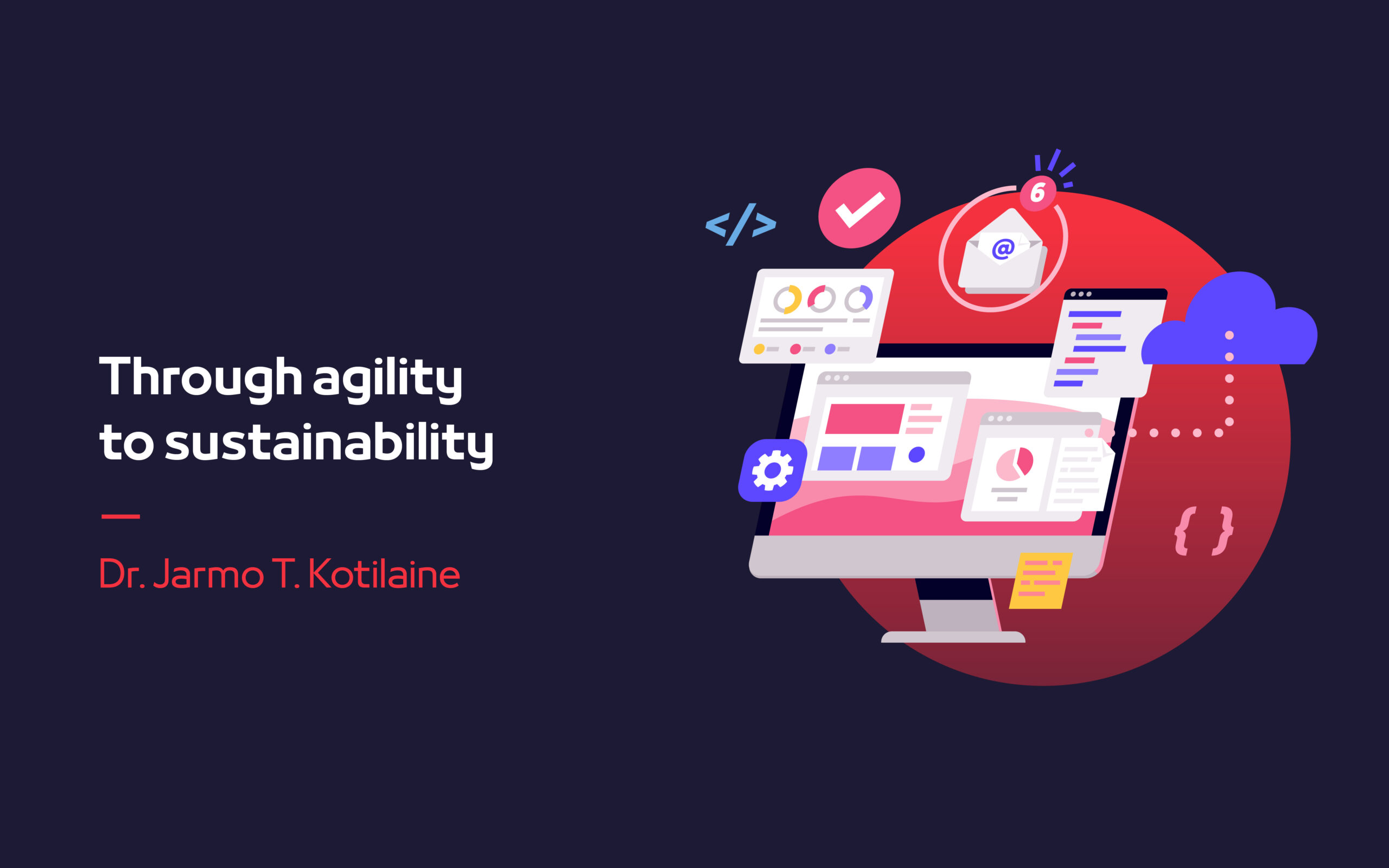
Through agility to sustainability
Dr. Jarmo T. Kotilaine – Chief Strategy and Data Analytics Officer, Tamkeen
The world has become an uncertain place of unprecedented technological change, evolving tastes disseminated by real-time communication, and a whole host of economic, political, and public health-related risks. Gone are the days when one could set up shop and count on a steady revenue stream from population growth and increasing government spending. But this new order is not just about expecting the unexpected. It is a genuine opportunity for those ready to anticipate and adapt to change.
Competitiveness in business is increasingly seen as determined by adaptability. But this necessitates a fundamental shift in business culture. We must no longer allow ourselves to think of business as a money-making opportunity whose success is primarily determined by choosing the “right” sector and location, along with effective cost management. New economic realities have left many firms with outdated models which have impacted revenues negatively, in some cases causing revenues to disappear altogether. The COVID-19 pandemic is an extreme case of how expectations of continuity can be disrupted, and why it is important to plan ahead. Despite that, the pandemic was not an impossible challenge to those ready to respond. Many companies successfully stepped to the plate by embracing technology and other changes when their familiar world disappeared. On-line delivery offered access to customers during lockdowns, remote working allowed employees to remain engaged even when they could not come to the office, and a growing range of digital tools provided better oversight on all aspects of business operations.
How can businesses become more agile and, through that, more resilient and sustainable? While there is no single “magic formula,” certain basic steps can typically deliver results fairly quickly. Perhaps most importantly, nimbleness comes from jettisoning inertia and complacency. Using the past as the sole reference point or “hoping for the best” are not robust recipes for success. Instead, knowledge is power. A dynamic business seeks to understand its customers, its market, and its competitors. The availability of market data today is improving exponentially and becoming ever easier for individual business to capture or generate.
Information can drive a more strategic approach to business, permitting a holistic view of growth opportunities, ways to manage costs, and the areas in which a business can compete, not to mention the ways in which it can safeguard and enhance its competitiveness. But while strategic planning offers a thought-out roadmap, it can never be rigid in world of surprises. Nor should enterprises wait for a crisis to hit to make the necessary changes to their business models. Adaptability that contributes to the strategic goals is the way forward. Competition is a dynamic process described by Friedrich Hayek as a driver of innovation as “entrepreneurs constantly search for unexploited opportunities.” A nimble business is always asking questions, anticipating trends, thinking ahead, looking for opportunities to improve much in the spirit of the Japanese concept of kaizen.
Apart from data, technology offers perhaps the best ticket to this new business culture. Most digital solutions today are available on a flexible, cost-effective, and scalable basis through subscription-based delivery that requires minimal or no in-house infrastructure. These services are typically upgraded on an ongoing basis and therefore embody the latest available efficiency and security. Such solutions are inherently dynamic in nature. But technology is also the tool for collecting and analyzing data, creating the basis for an ongoing realistic assessment of how to best capture emerging opportunities and manage risks.

